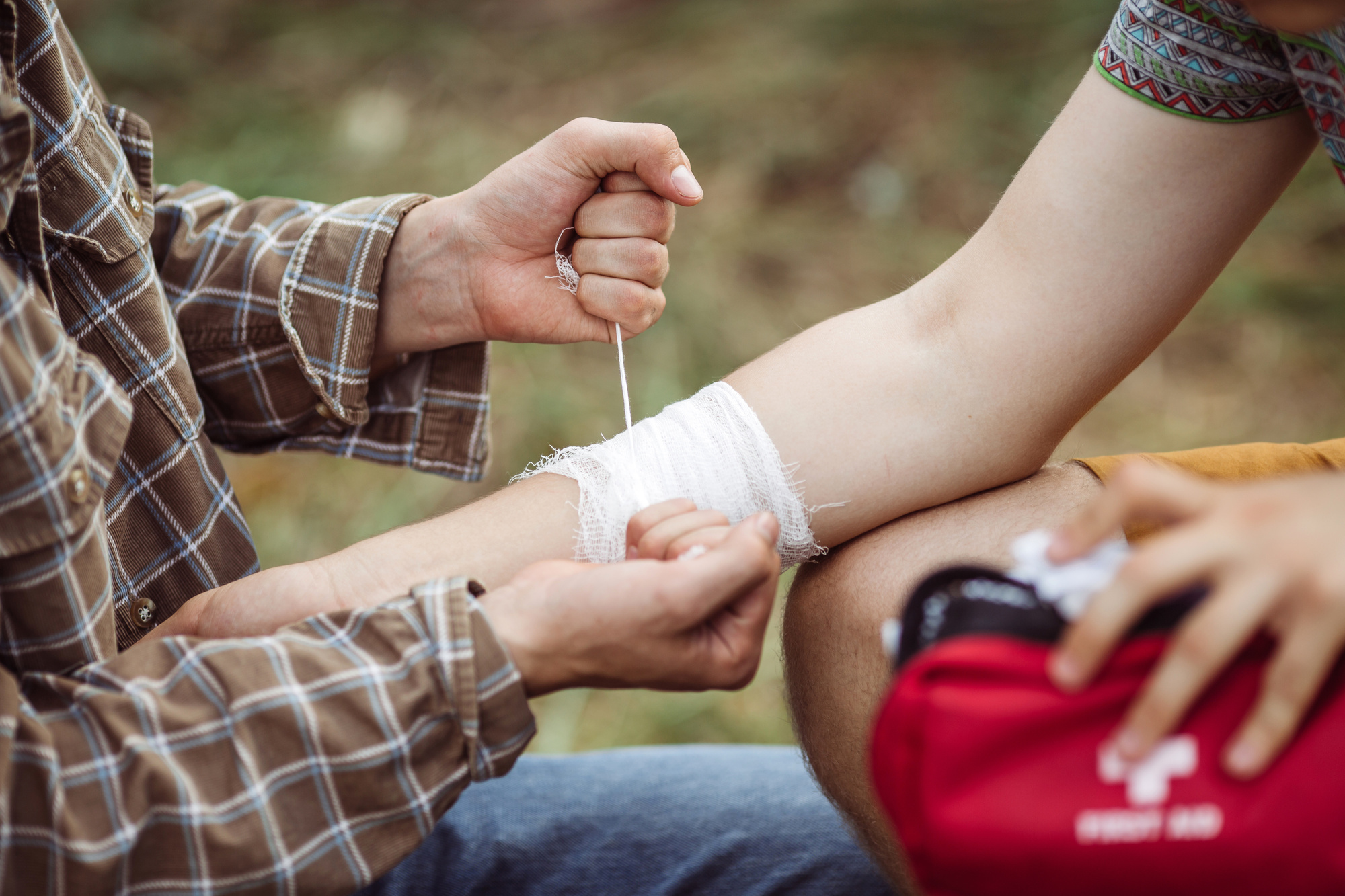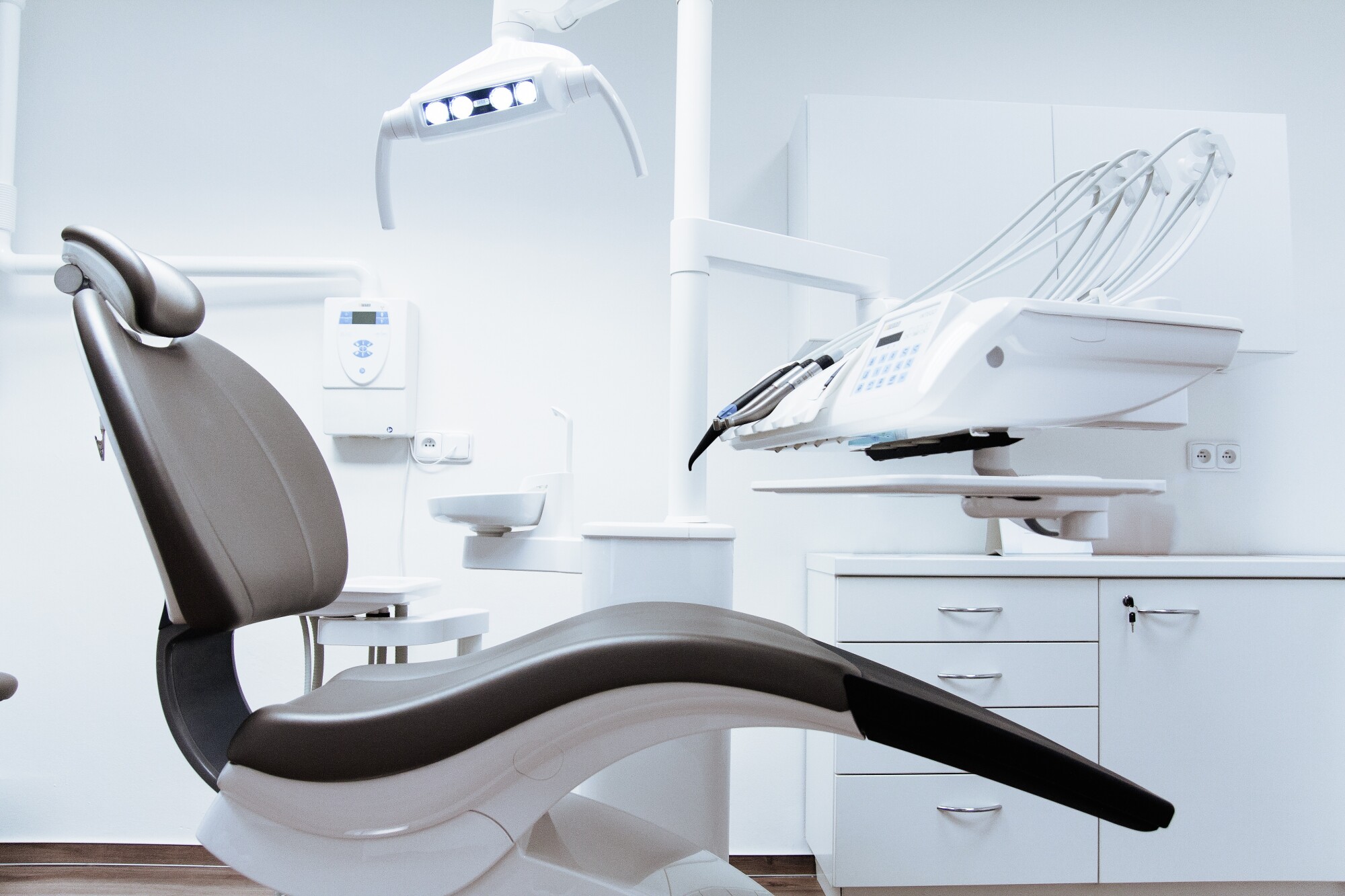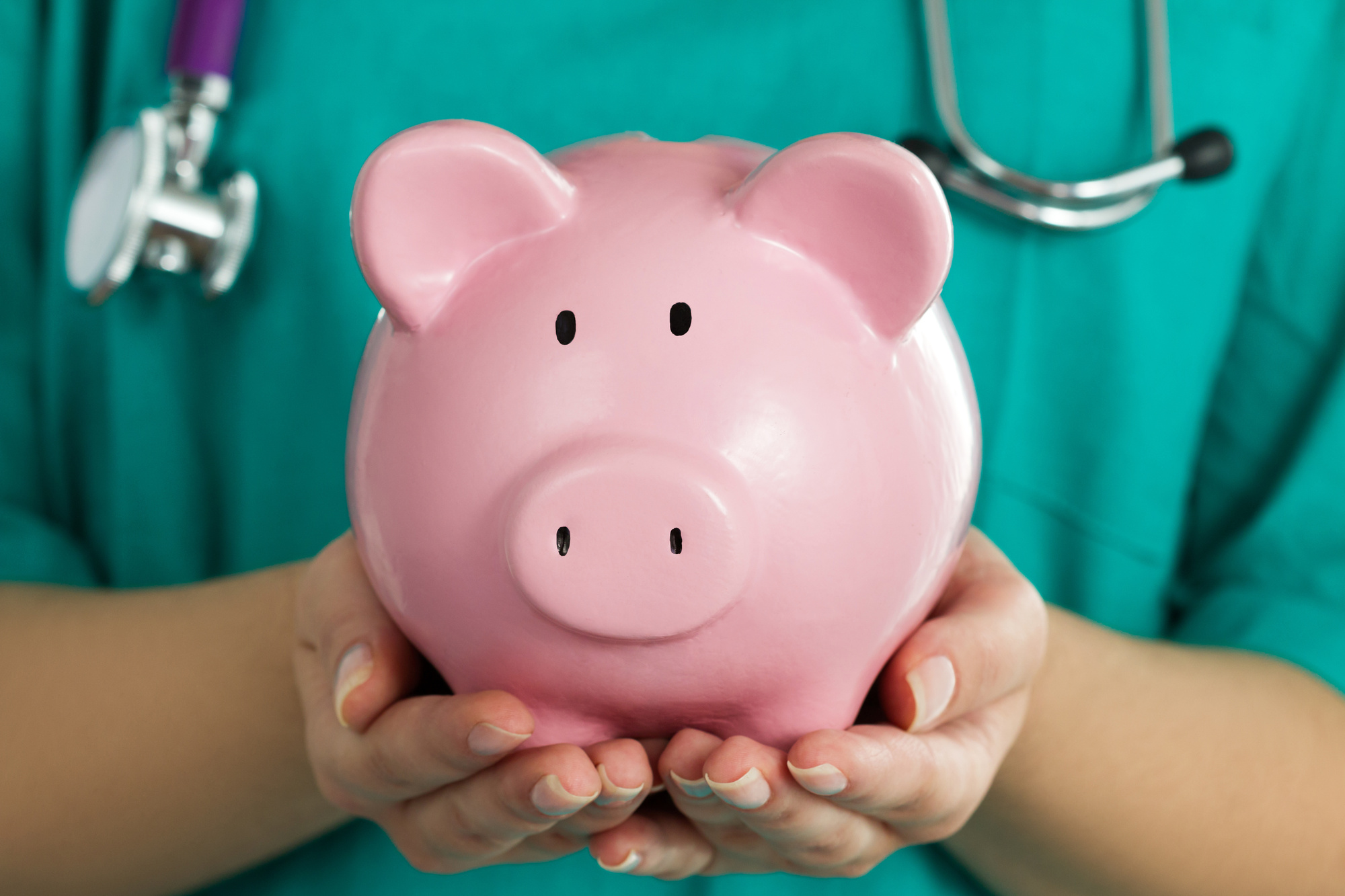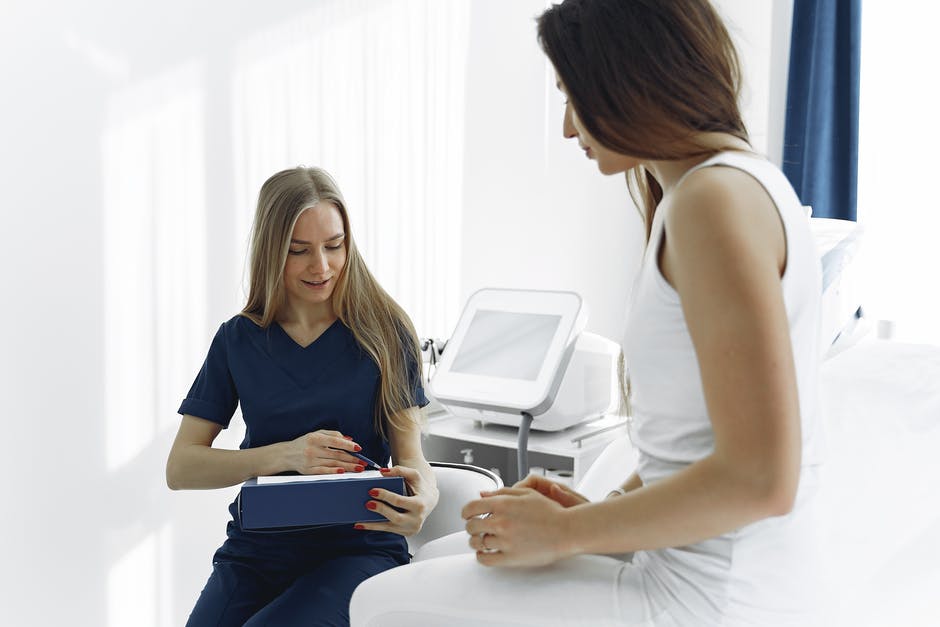Assembling a Small First Aid Kit: 10 Items You Can’t Forget

About 44% of Americans don’t have an adequate first aid kit. If something goes wrong or an accident happens, you need to know what to do.
Do you have a plan in the case of an emergency? Are you prepared with the items you have on hand?
If you’re preparing a small first aid kit list, here are ten items that you don’t want to forget.
1. Various Types of Normal Bandages
If you have a cut or open wound, you will likely want to cover it with a bandage once it has been cleaned.
To make sure you are prepared in any situation, having bandages of different sizes and shapes is a good idea. These should be individually packaged dressings that are easy to use.
Learning the proper way to care for an open wound and cleaning wounds correctly is crucial for providing proper care with your first aid kit.
2. Sterile Gauze Dressings and Tape
Gauze is a loosely woven fabric that can be used for medical purposes.
Generally made of cotton or synthetic fiber material, sterile gauze dressings help with cleaning open wounds or cushioning an injury.
Know how to apply the gauze and tape before you use it to ensure you don’t make matters worse.
3. Disposable Sterile Gloves
Gloves are essential to protect the injured person and the person providing care.
Not only are gloves useful in protecting everyone involved from blood or HIV transmission, but they also can help prevent infection or contact with other bodily fluids.
Having at least a couple pairs of gloves that fit you is a good idea because you never know when you may need to use them.
Always wash your hands thoroughly before providing care to an injury or wound, especially if you don’t have gloves available.
4. Tweezers and Scissors
Tweezers and scissors can be used for a lot of different purposes, so they are an excellent thing to include in any first aid kit.
Tweezers can help with removing foreign objects from the body. Scissors are great for cutting gauze or bandages as needed, but they can also help with removing any excess cloth from the injured area if necessary.
5. Antiseptic Cream
Antiseptic cream can be used for many purposes, but it is especially helpful in protecting the body against infection because it slows the growth of microorganisms.
You can apply this to wounds, burns, cuts, or insect bites.
6. Roller Bandage
These are bandages that are typically used to hold other dressings in place until medical professionals arrive or to prevent the risk of infection.
Roller bandages can also be used to keep an injured body part in place so that the person isn’t able to move it around and make the injury worse.
Having at least a few roller bandages is a smart idea, but remember, you can always cut them to size.
A roller bandage can be a loosely woven material, similar to gauze, or it can be elasticated to form to a person’s body. Regardless of the type you choose to include, you need to be sure you know how to use it properly.
7. Breathing Barrier
A breathing barrier is used to protect the care provider from exposure to infection when performing CPR. You never know if someone is carrying an infectious disease, but if you want to provide the best care, rescue breathing may be necessary.
As a result, a breathing barrier is a great thing to include on your small first aid kit checklist.
You can choose between a flat, foldable plastic barrier or a thicker plastic barrier shaped like a pear.
Remember that even without a breathing barrier, you can perform CPR without rescue breathing.
8. Alcohol-Free Cleansing Wipes
These are excellent for cleaning an area surrounding a wound. You can also use them to clean skin before you apply a dressing, bandage, or adhesive medical tape.
Make sure that they are individually packaged to prevent contamination.
9. Digital Oral Thermometer
If someone has a fever, it can indicate that they are sick or have an infection. Using a thermometer to measure your body temperature at home is a good idea to figure out if you need further medical attention.
While you can use a more traditional thermometer, many people find that digital thermometers are easier to read.
Your digital thermometer will be able to work quickly and should give you fast results.
Once you know the internal temperature of your body, you can figure out if your body temperature is too cold, too hot, or just right.
10. Oral Antihistamines and Pain Relievers
No matter what brand you choose, having oral antihistamines is smart because you can administer them to someone having an allergic reaction.
Pain relievers, like acetaminophen or ibuprofen, are also great additions to first aid kit items because they can be used if someone is dealing with pain related to their injury or something at simple as a headache.
Prepare Yourself With a Small First Aid Kit
Are you overwhelmed by the idea of making your own first aid kit checklist? To make it easier, you can buy a pre-made first aid kit and add individual items to personalize it.
When you create a small first aid kit, you want to make sure you know how to use each item you include.
After that, you’ll be much more prepared for any type of emergency.
If you’re interested in more useful tips like those provided in this article, check out the rest of our website for even more great information.



